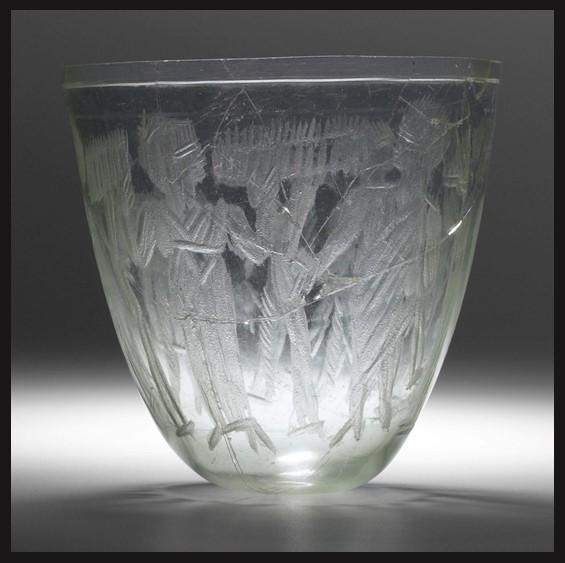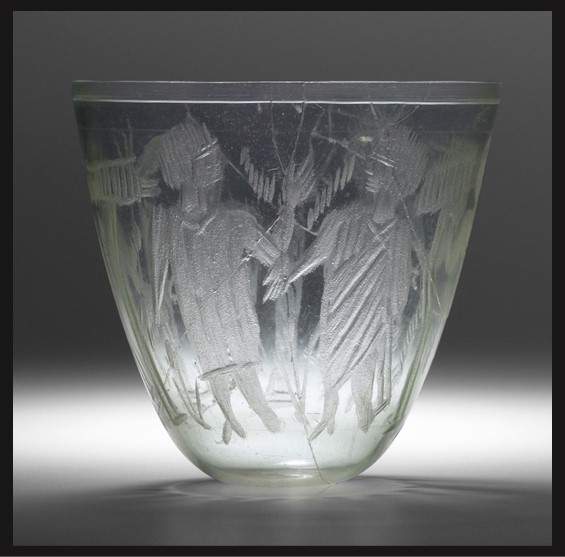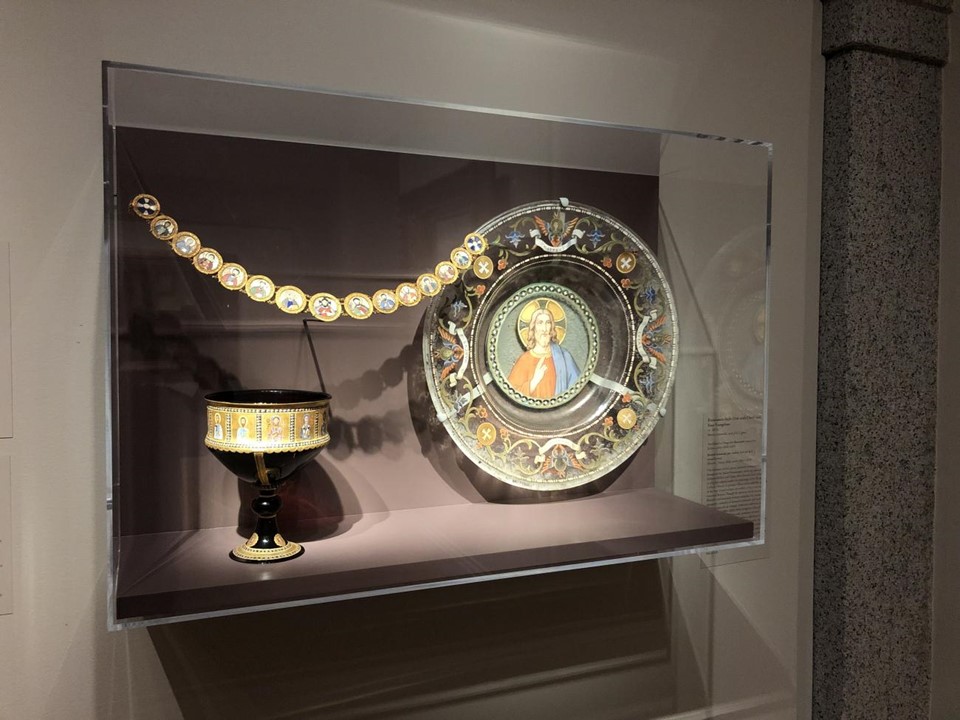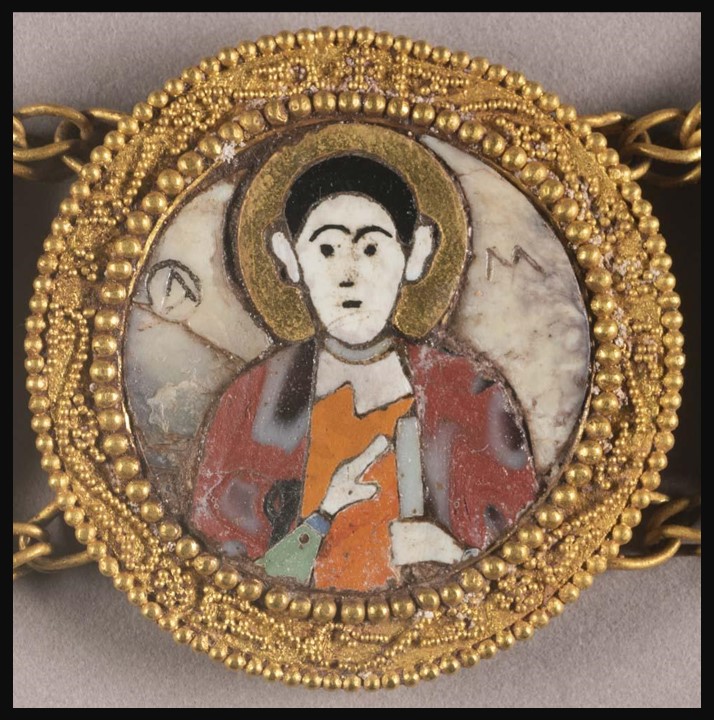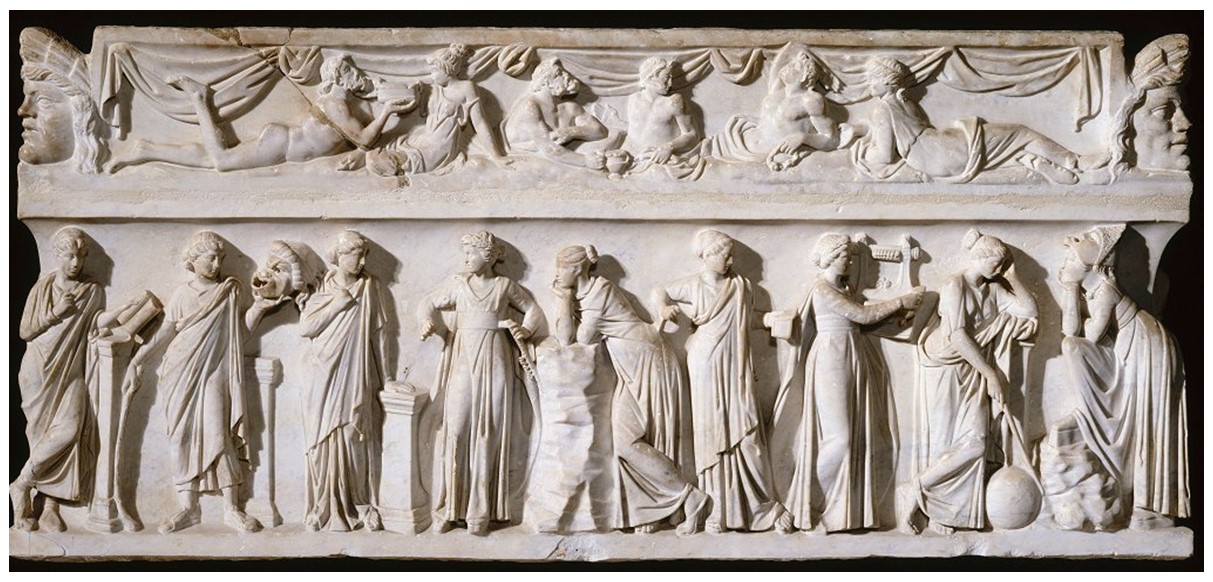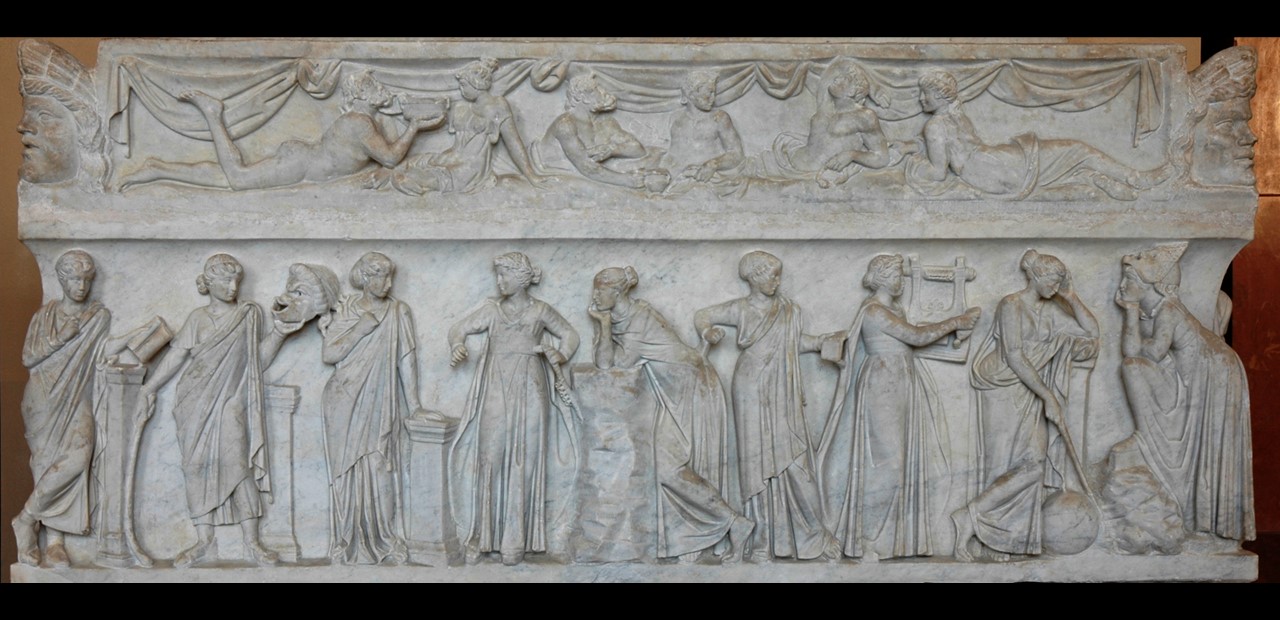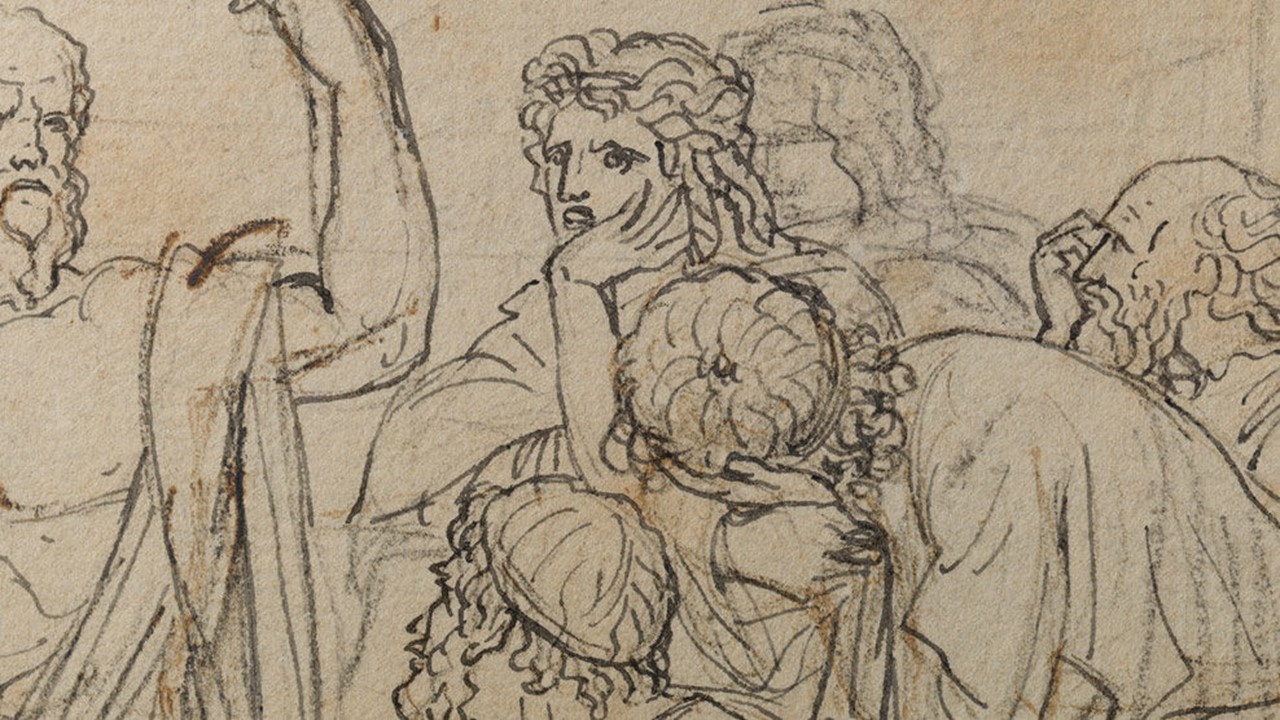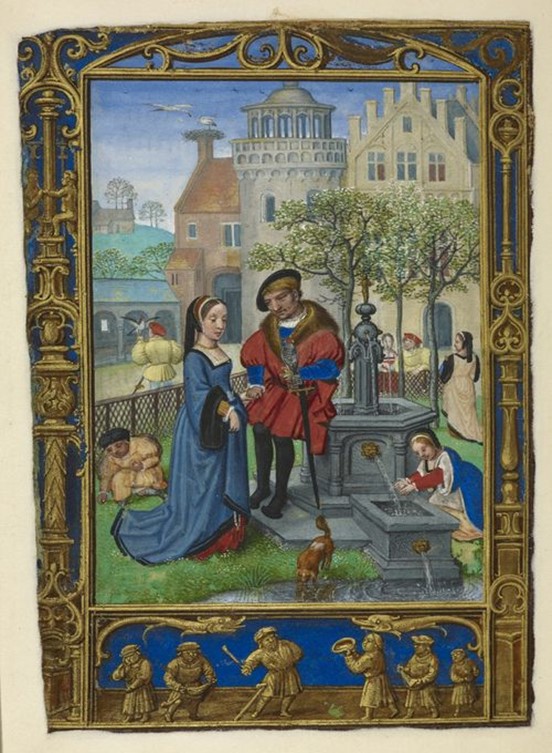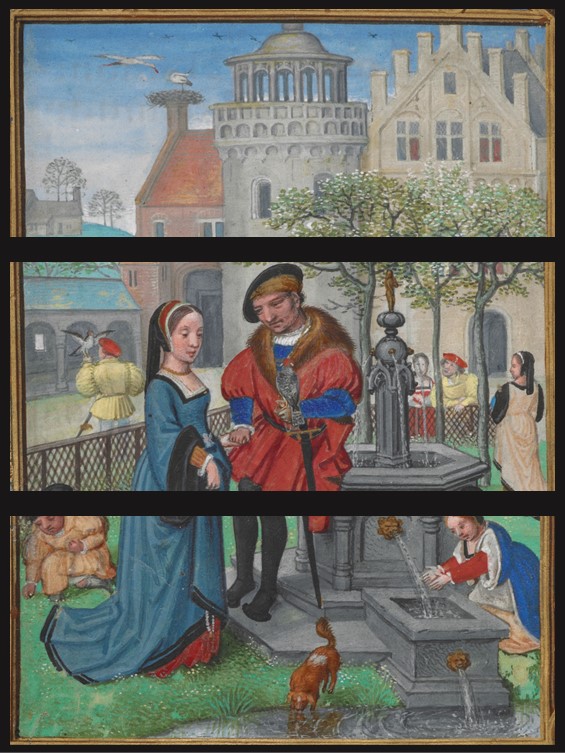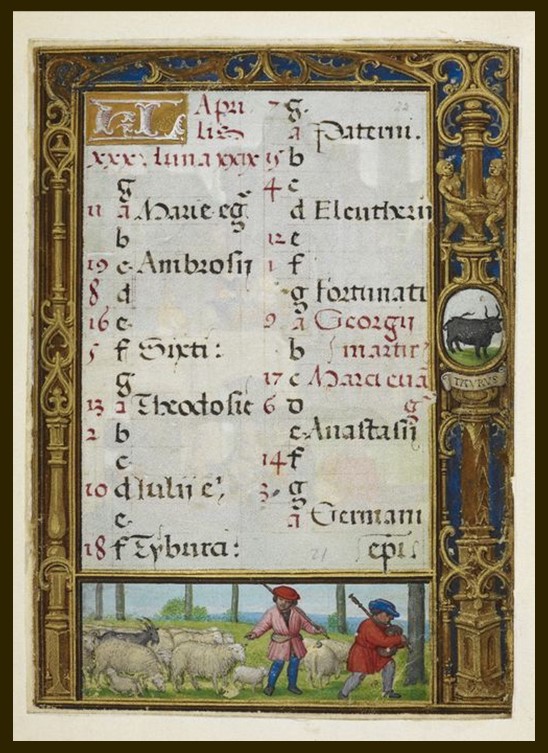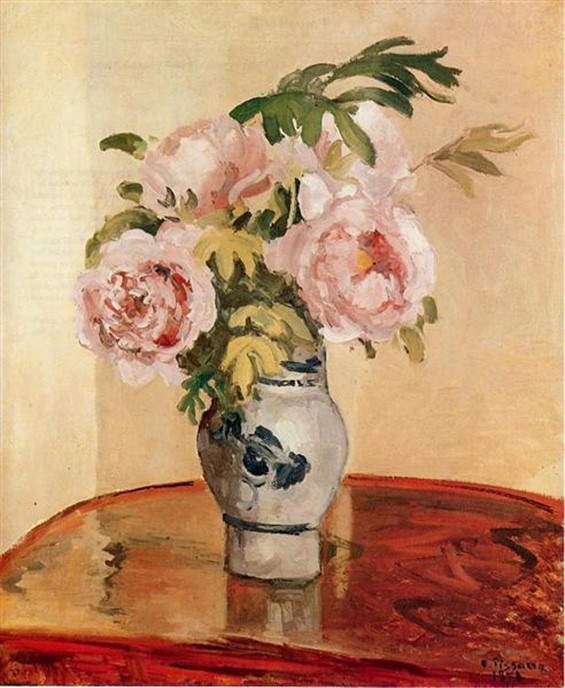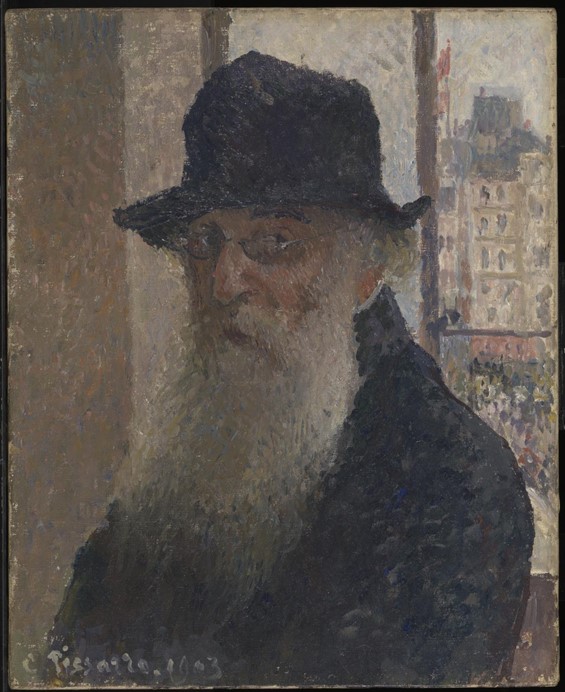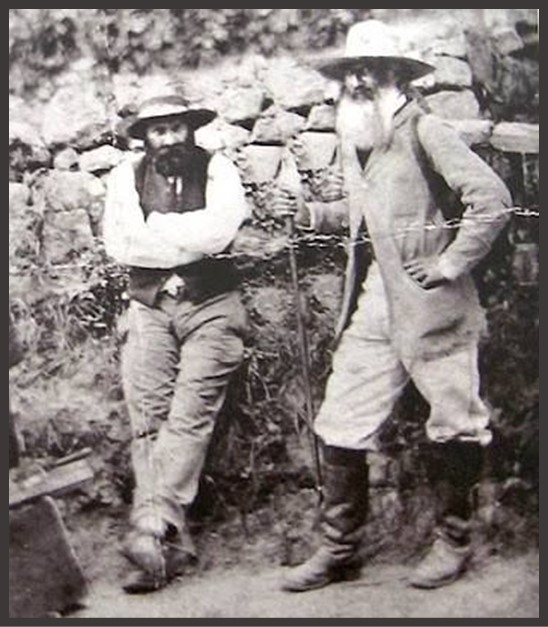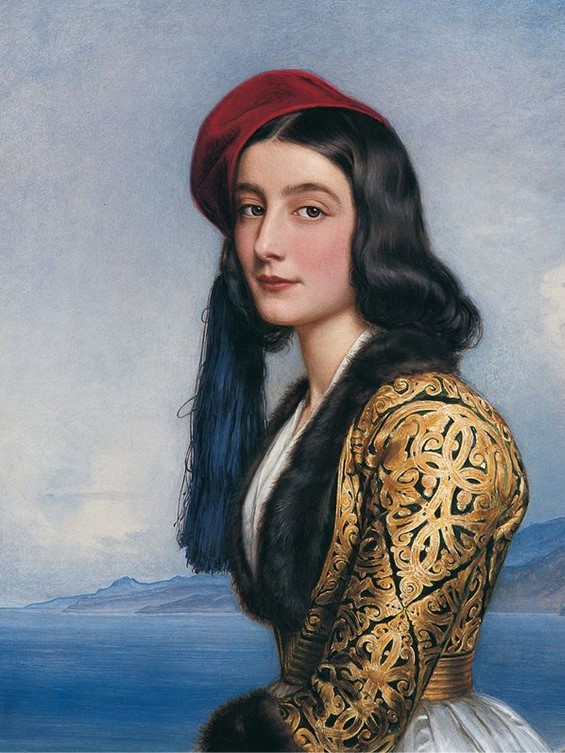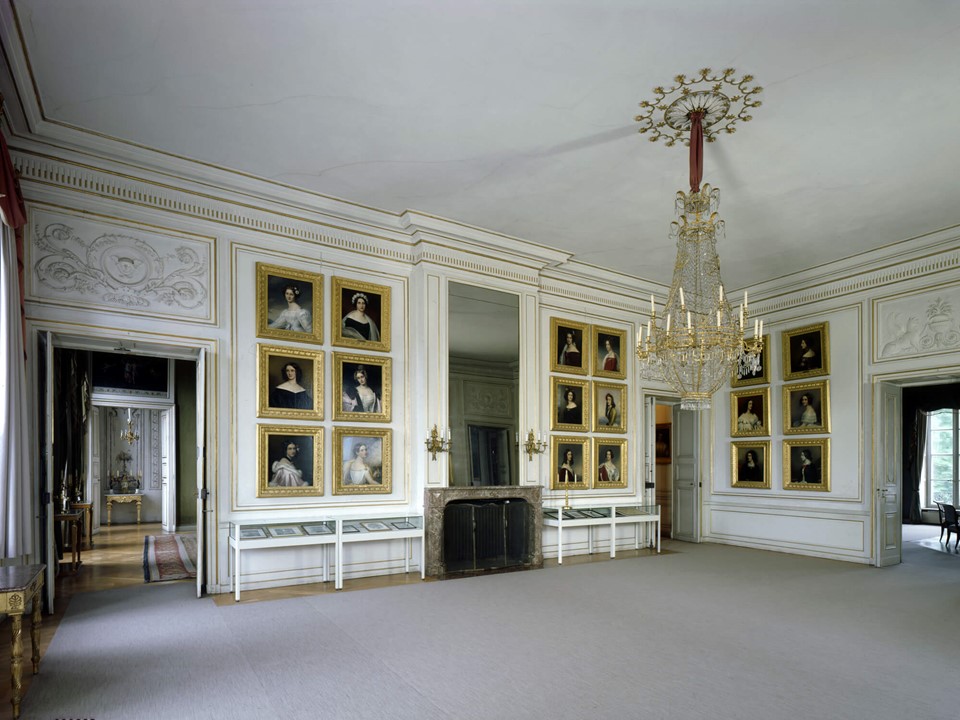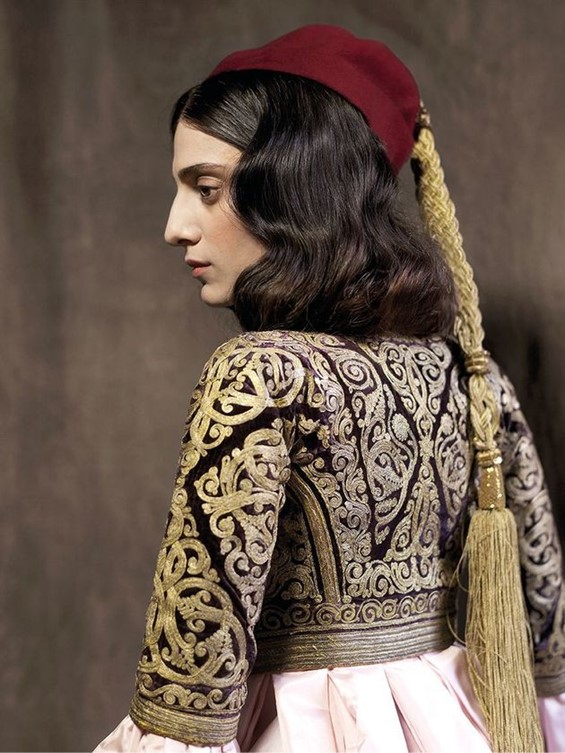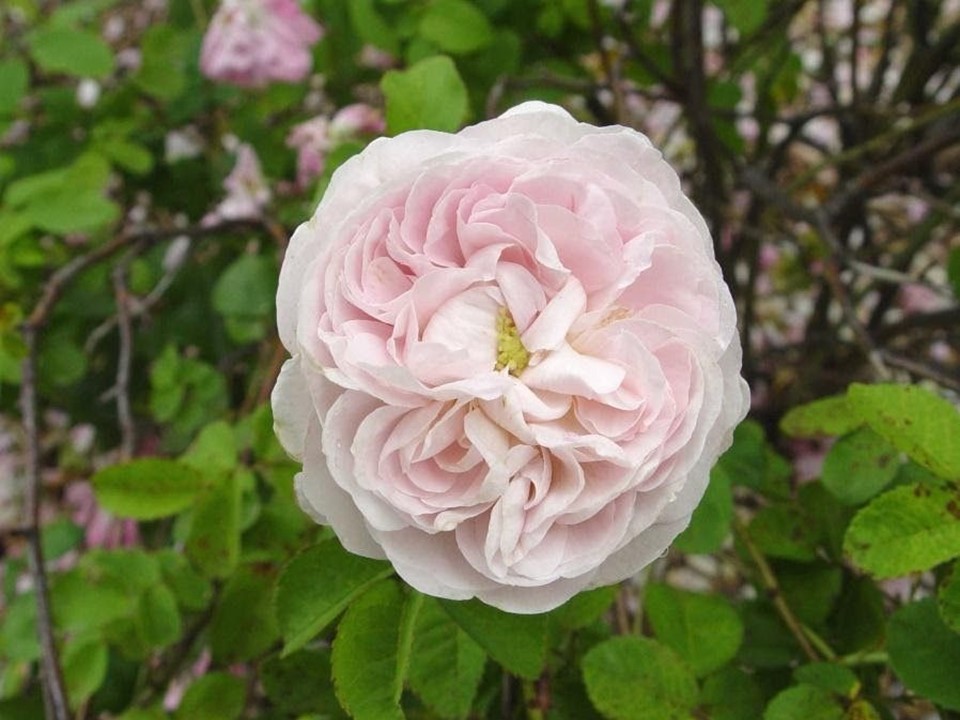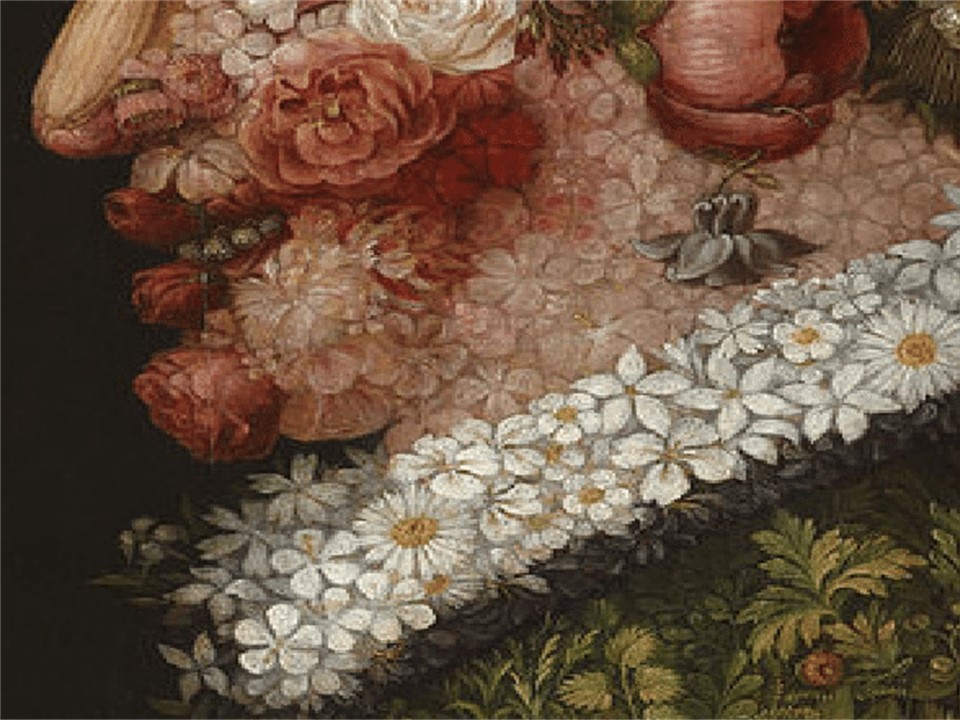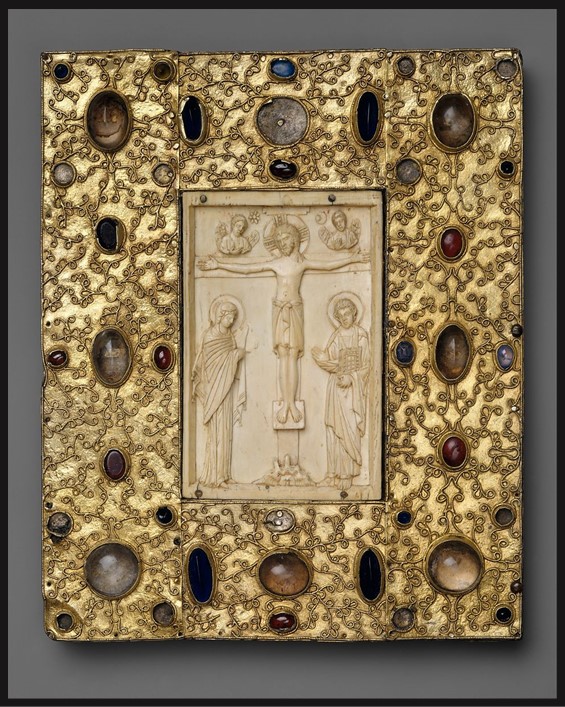
Today he who hung the earth upon the waters is hung upon a Tree. He who is King of the Angels is arrayed in a crown of thorns. He who wraps the heaven in clouds is wrapped in mocking purple. He who freed Adam in the Jordan receives a blow on the face. The Bridegroom of the Church is transfixed with nails. The Son of the Virgin is pierced by a lance. We worship your Sufferings, O Christ. Show us also your glorious Resurrection. (Good Friday – Μεγάλη Παρασκευή Twelfth Antiphon – plagal fourth mode) http://www.hchc.edu/assets/files/CD/All_Creation_Trembled_ebook.pdf
Σήμερον κρεμᾶται ἐπὶ ξύλου ὁ ἐν ὕδασι τὴν γῆν κρεμάσας. Στέφανον ἐξ ἀκανθῶν περιτίθεται ὁ τῶν Ἀγγέλων Βασιλεύς. Ψευδῆ πορφύραν περιβάλλεται ὁ περιβάλλων τὸν οὐρανὸν ἐν νεφέλαις. Ῥάπισμα κατεδέξατο ὁ ἐν Ἰορδάνῃ ἐλευθερώσας τὸν Ἀδάμ. Ἥλοις προσηλώθη ὁ Νυμφίος τῆς Ἐκκλησίας. Λόγχῃ ἐκεντήθη ὁ Υἱὸς τῆς Παρθένου. Προσκυνοῦμέν σου τὰ Πάθη, Χριστέ. Δεῖξον ἡμῖν καὶ τὴν ἔνδοξόν σου Ἀνάστασιν/ (ΜεγάληΠαρασκευή Ἀντίφωνον ΙΒ΄ – ἦχος πλ. δ΄) http://www.hchc.edu/assets/files/CD/All_Creation_Trembled_ebook.pdf
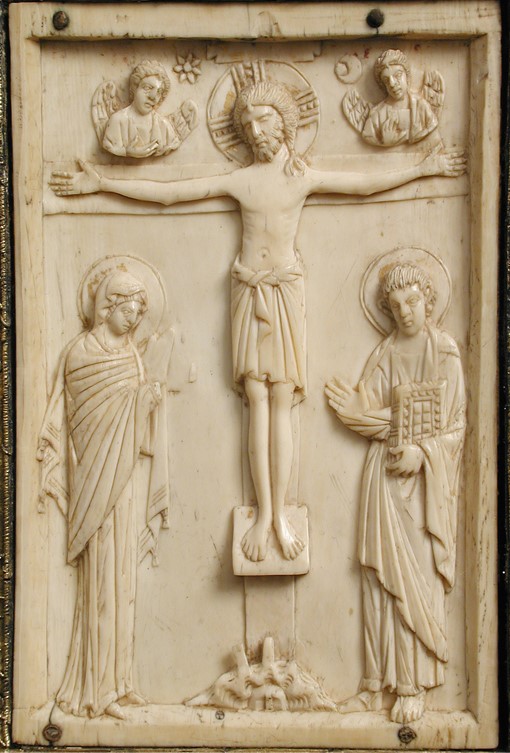
Byzantine Panels of Ivory Carvings were precious and treasured… just like the Ivory Panel in the MET coming from the Nunnery of Santa Cruz de la Serós in Spain. Set within an amazing gold frame of a Spanish goldsmith, the Byzantine Ivory Crucifixion Panel becomes an important testimony of Western admiration for the artistry of Byzantine craftsmanship, the high esteem accorded such Byzantine objects, and the cultural exchange, the artistic emulation, Byzantine artifacts initiated. The Glory of Byzantium, Art and Culture of the Middle Byzantine Era https://www.metmuseum.org/art/metpublications/The_Glory_of_Byzantium_Art_and_Culture_of_the_Middle_Byzantine_Era_AD_843_1261 p. 466
The Crucifixion plaque of Santa Cruz de la Serós originally formed the center of a Byzantine three-paneled icon. Typical to Byzantine Iconography, a Triumphant Christ stands erect on the Cross, his face serene, the eyes closed, his arms effortlessly horizontal, and his feet supported by a projecting platform. The “monumental” Cross in the center, seems to divide the compositional panel into 4 parts. The upper two smaller in size parts exhibit the sun and the moon, and two Angels. Standing under them, flanking the Cross, are the weeping Virgin Mary, and Saint John the Evangelist. They are both depicted holding a Book, an open one by Mary, and a bejeweled closed Book, by Saint John. Could the two represented Books be meant to remind the plaque’s viewer of Christ’s message of hope and redemption? https://www.metmuseum.org/art/collection/search/464015
The Metropolitan Museum Ivory is associated (by Goldschmidt and Weitzmann) with the Cortona Reliquary of the True Cross Ivory panel, and a collection of Ivory plaques known as the Nikephoros Group. These Ivories display simplicity of composition, stylistic homogeneity, rough but monumental style of carving, broad, blunt facial features, and rather large hands. The Nikephoros Group Ivories are dated to the middle of the 10th century because of an inscription on the back of the Cortona Reliquary of the True Cross Ivory panel mentioning emperor Nikephoros, most certainly the Byzantine Emperor Nikephoros II Phokas (963-969). https://www.metmuseum.org/art/metpublications/The_Glory_of_Byzantium_Art_and_Culture_of_the_Middle_Byzantine_Era_AD_843_1261 p. 466
The MET Byzantine Ivory of the Crucifixion has been one of the many gifts to the Nunnery of Santa Cruz de la Serós, outside the royal capital of Jaca, which was founded by Queen Felicia (d. 1085), wife of Sancho V Ramírez (r. 1076–94), king of Aragon and Navarre. It entered the Metropolitan Museum Collection in 1917 as a gift from J. Pierpont Morgan. https://www.metmuseum.org/art/collection/search/464015?&exhibitionId=0&oid=464015&pkgids=722 and https://www.metmuseum.org/art/collection/search/464015
A PowerPoint of all artworks presented for the Holy Week in the Greek Orthodox Church, 2022… is HERE!




